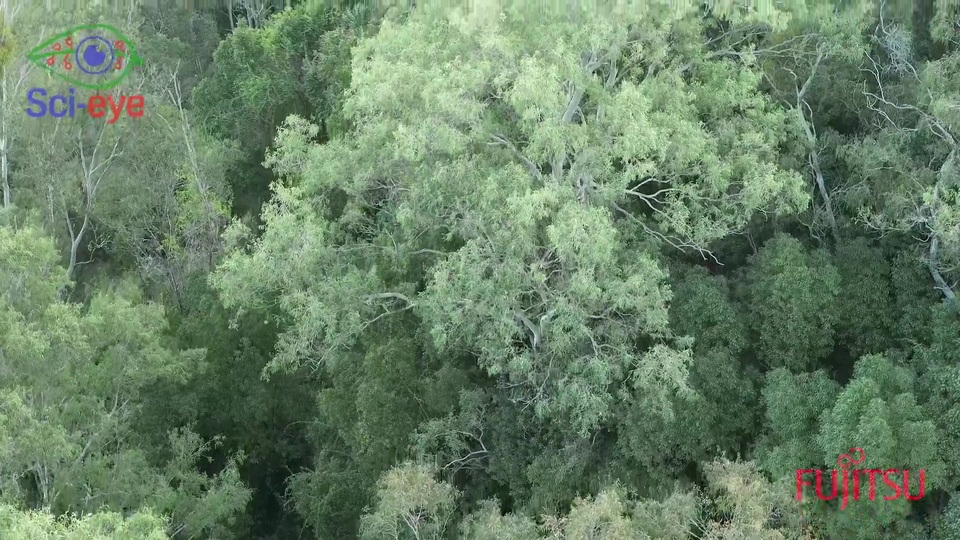
Australia's unique and diverse ecosystems are home to a wealth of wildlife, and one of its most iconic inhabitants is the adorable koala. As urbanisation and human activities continue to encroach on their habitats, it becomes crucial to monitor and protect these beloved marsupials.
The current method for detecting koalas in their natural habitat using drones typically relies on specialised drones equipped with thermal cameras. This method relies on a large temperature difference between the koala and background vegetation, as well as low infrared reflectance. Therefore, surveys are done at night, usually in the early hours of morning. Due to the low spatial resolution of thermal cameras, there are often false positives, so drones are equipped with a spotlight to shine on heat signatures to verify if it is a koala. While this method is effective, it restricts survey operations and is very labour intensive per area surveyed (up to ~100-150 Ha per night for a team of two).We have been researching and building a highly novel drone-AI system to detect koalas during the daytime from high-resolution long-range drones, as well as low-cost drones. We are currently undergoing rigorous scientific testing of our method and the AI system, which will help fine tune further development if needed. Our aim is to have a means to conduct efficient (low cost and/or large area) koala monitoring surveys to massively increase knowledge and understanding of population and distribution at various spatial scales.
The short video link below shows an example of a koala detected in a tree (towards the middle of the view) by an early version of our AI during daylight hours. Look for the very small purple box, with the "Koala" tag next to it. This clip gives a nice demonstration of how we can cover a wide area, but at the same time have enough resolution to reliably identify individual koalas.

Video of AI tracking koala. Note: video may take a few moments to load. (Click the "X" button to close)